Curious Questions: Do dock leaves really cure nettle stings?
Renowned as a ‘land robber’, docks don’t have much going for them, other than alleviating nettle stings — but do they really work? John Wright heroically finds out.
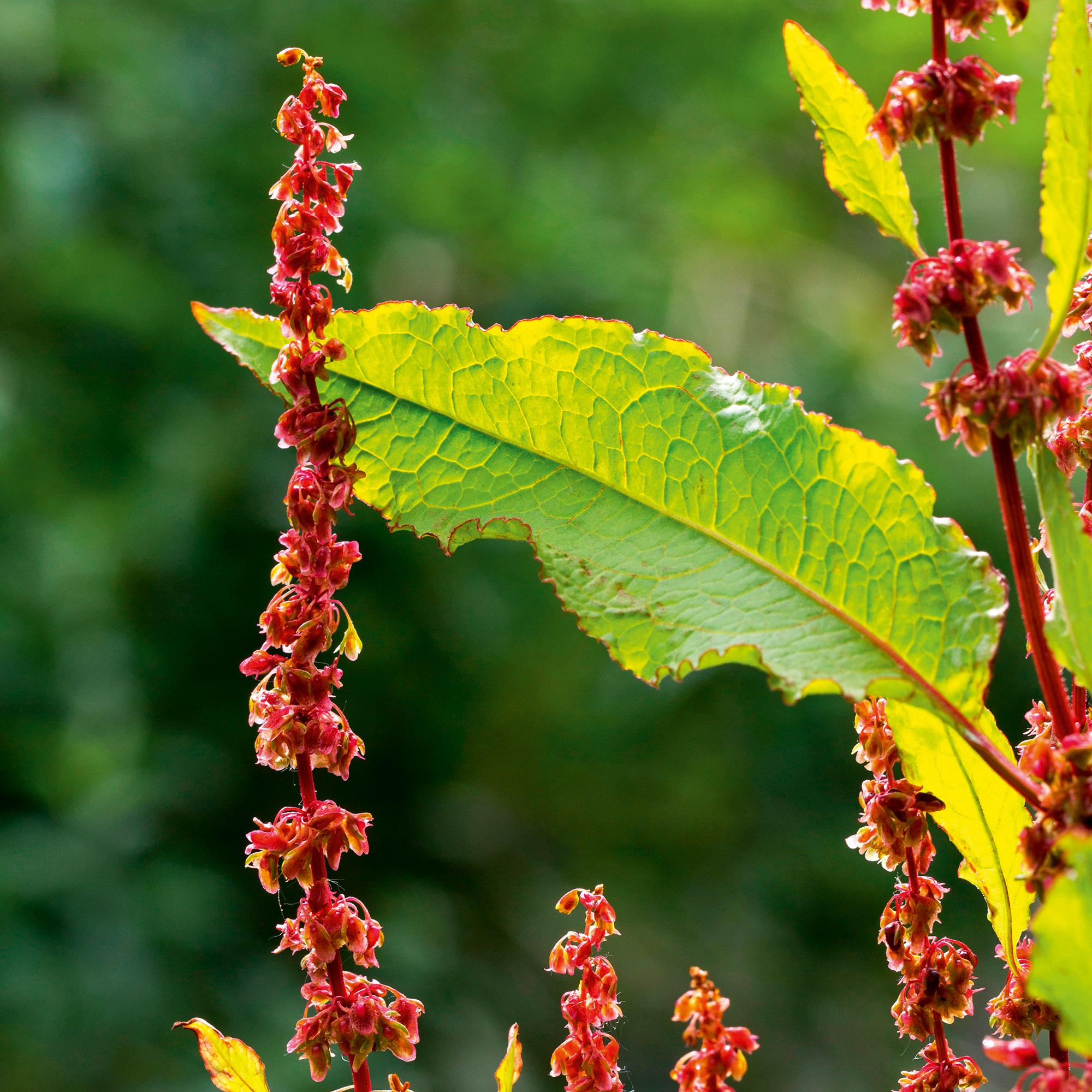
Many imaginative and optimistic medicinal claims made for dock leaves over the years, but it is the broad-leaved dock’s reputation for alleviating nettle stings that has survived the centuries. The bereft Troilus in Chaucer’s Troilus and Criseyde employs the expression ‘Netle in, dokke out, now this, now that’ in rejection of Pandarus’s ‘other fish in the sea’ imprecations.
Today, it is often the only folk remedy familiar to most people — but does it work? Some scientists have denied dock leaves help at all, but experience tells a different tale — with a caveat. You can't merely grab a leaf and rub: one needs to be choosy.
Nestling in the centre of a growing plant, there will be bright-green leaves, folded down both edges, with the youngest simply a rolled cone. Slide off the membranous outer layer of a leaf by drawing it between thumb and forefinger or simply peel larger leaves. Rub the disrobed and distinctly gelatinous leaf onto the affected area, then cover with the membrane, slimey-side down.
Dress with a large dock leaf and keep in place until the discomfort subsides. It is the content of the gel that works the magic — a combination of analgesic and anti-inflammatory compounds, all with academic papers assuring us of their efficacy; it can also work for minor burns. I am indebted to a wise friend for these revelations, but I never accept anything on trust alone.
I gave up treating nettle stings years ago, embracing instead my inner Peter O’Toole: yes, it hurts, but the trick is not minding that it hurts. However, for the benefit of less robust readers and at considerable personal cost, I tried the process out with some self-inflicted and heroically vicious nettle attacks to the back of both my hands. The treated hand stopped hurting within a couple of minutes, whereas the irritation lingered for hours on the other. I realise that, as scientific experiments go, this is somewhat lacking in rigour, but I have not the slightest intention of investigating further. Over to you, dear reader.
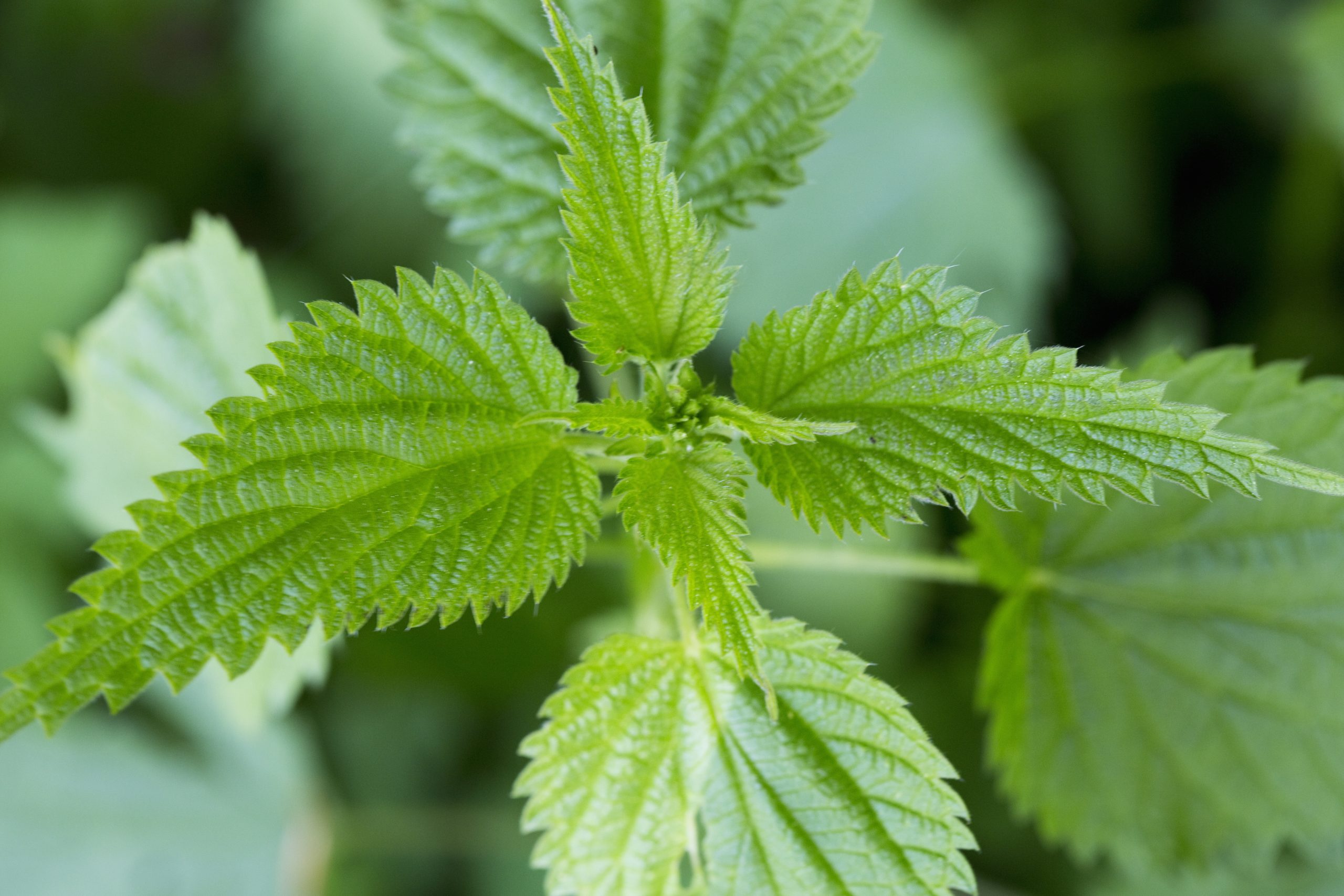
Despite their properties, having recently spent an hour or two in a neglected corner of my lawn attacking dock plants with a pickaxe, I cannot say I am well disposed towards broad-leaved dock. Together with its companion, curled dock, it has long been troublesome to gardener and farmer alike: Geoffrey Grigson records a Lancashire name for docks, ‘land robber’, and expressions such as the northern ‘not worth a docken’ appear in literature. In 1867, The Field described docks as ‘the most pernicious and mischievous of weeds’, although it is curled dock that has caused most trouble for farmers. A field may sport 100 docks one year, but several thousand the next, due to the huge number of seeds produced — tens of thousands per plant per year: ‘one year’s seeding, seven years’ weeding’, the adage has it. The fact that they are long-lived perennials, surviving drought, freezing conditions and any amount of trampling, does not help.
Docks are in the ‘buckwheat’ family (Polygonaceae), together with rhubarb, Japanese knotweed and both common and sheep sorrel, the last two in the same genus as the docks, Rumex. Broad-leaved dock was evidently introduced (accidently, one presumes) by the Romans, although others that come with the word ‘glacial’ in their biographies are of a more venerable vintage. It certainly likes its adopted home, with little of the UK below 2,600ft devoid of it. The two docks mentioned have managed to find themselves among the only five plants mentioned in the 1959 Weeds Act, the other three being two thistles and common ragwort. Other than in fields treated with herbicide, the Act is not faring too well.
Exquisite houses, the beauty of Nature, and how to get the most from your life, straight to your inbox.
Weeding and composting aren’t the only ways of cutting down the number of dock leaves in your garden, since despite appearances the leaves are edible and high in vitamins. The new, bright-green leaves are perfectly acceptable in a salad, whereas slightly older leaves are bitter and better cooked, preferably with one change of water. Don’t bother with mature leaves and, as all dock leaves contain oxalic acid, don’t overdo it (they’ve also been used as a laxative — another reason to take it easy).
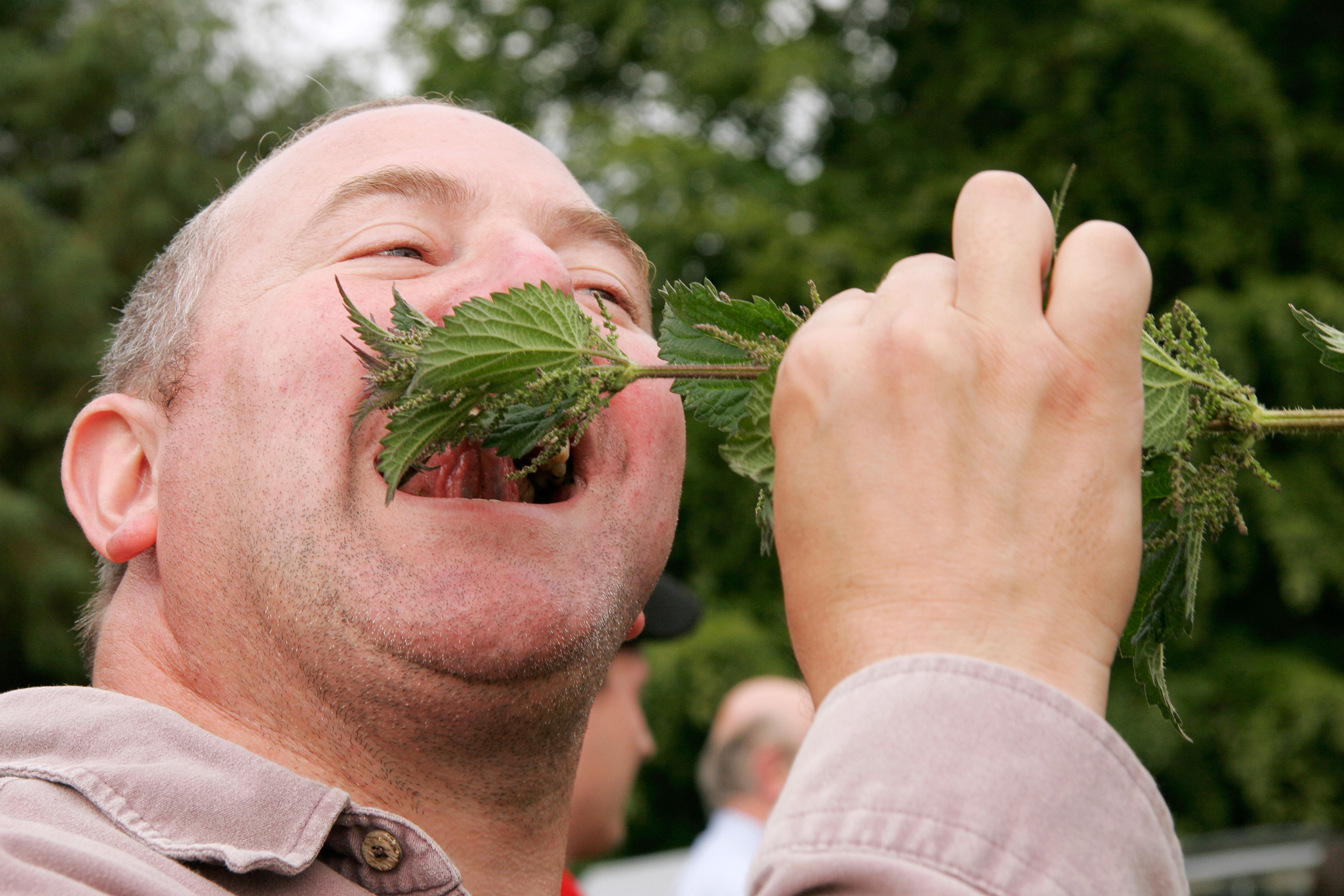
Curious Questions: How, and why, do people eat stinging nettles?
Every summer, people from around the world gather at a pub in Devon for the World Nettle Eating Championship. But
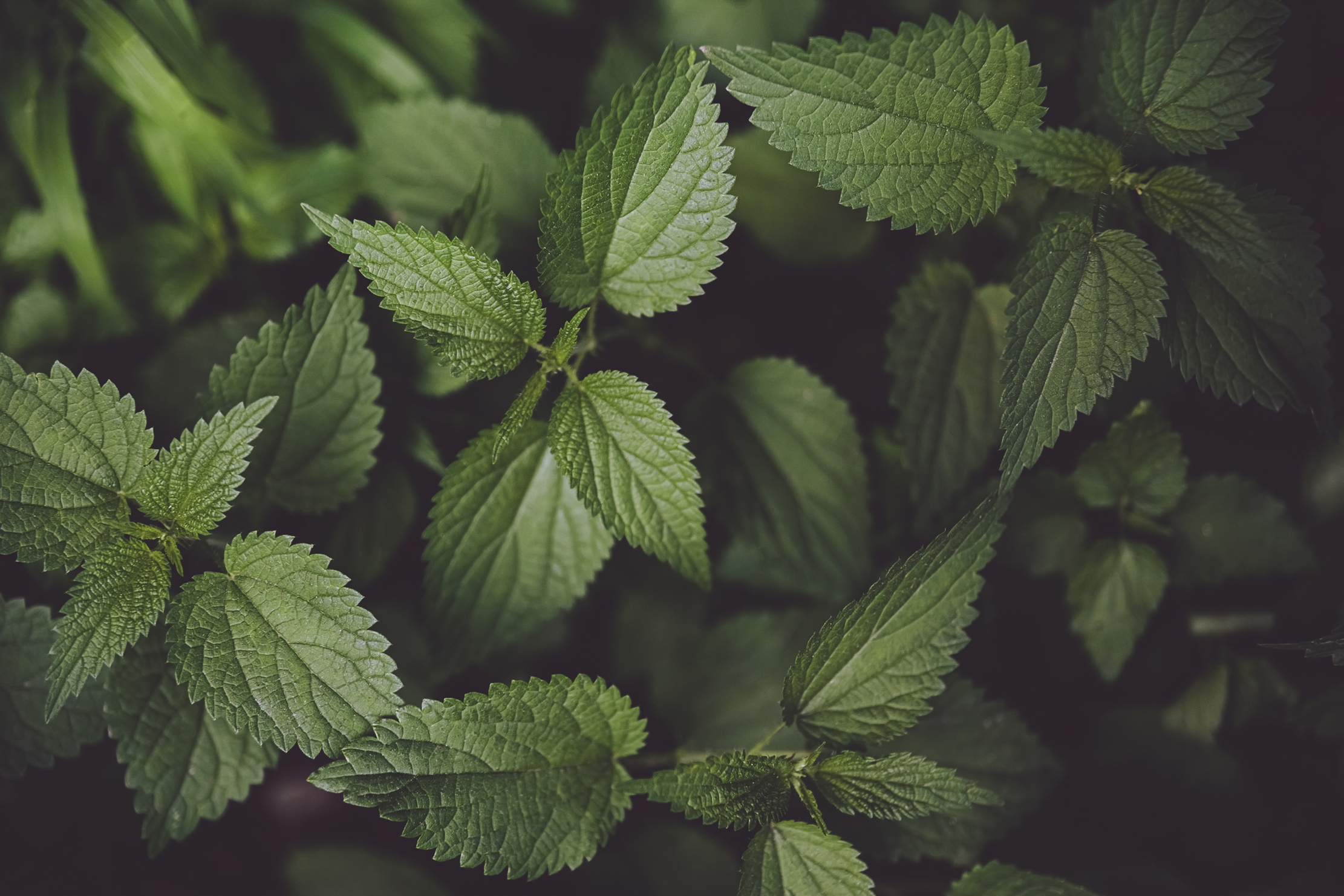
Credit: OlgaPankova via Getty Images
How to eat nettles without being stung, by expert forager John Wright
The nettle is probably the first plant most of us can remember, thanks to its harsh sting, but it's also
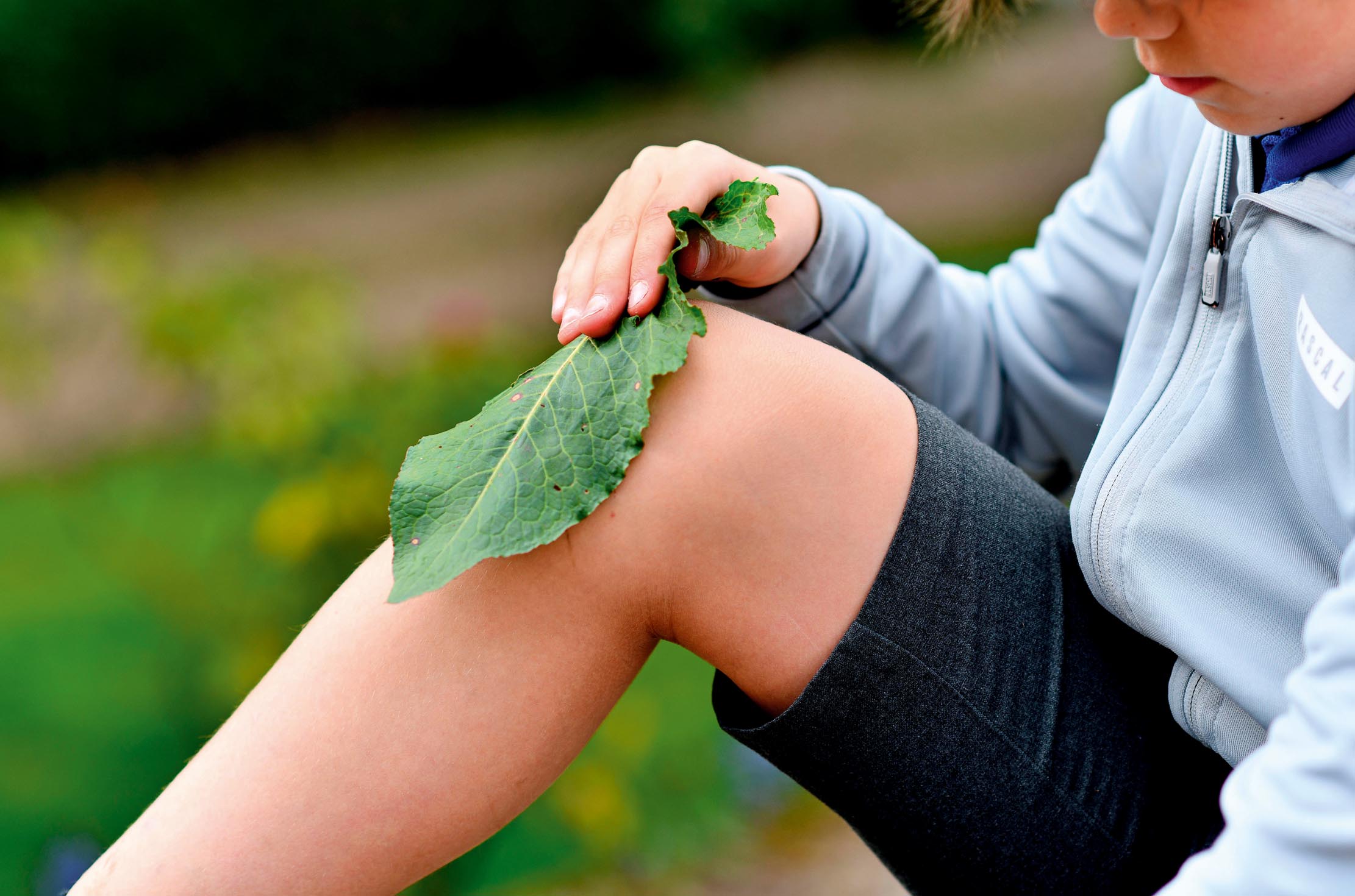
2,000 years of the dock leaf
Generations have sworn by dock leaves to take the sting out of a brush with stinging nettles — but modern
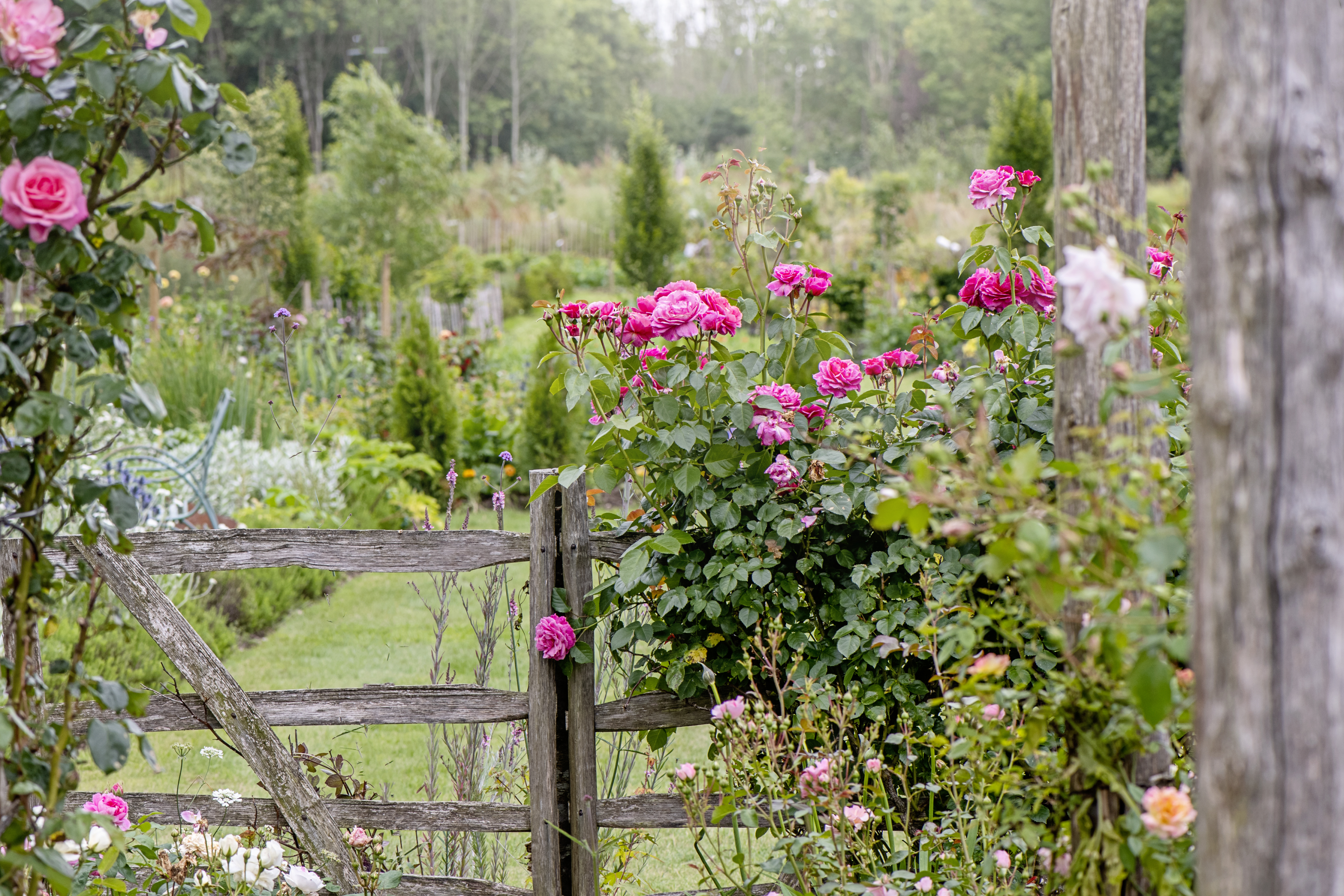
Credit: Getty Images
Charles Quest-Ritson: 'I'm always amazed by the codswallop that garden experts write'
Charles Quest-Ritson takes aim at some of the gardening advice that constantly does the rounds despite being complete nonsense.